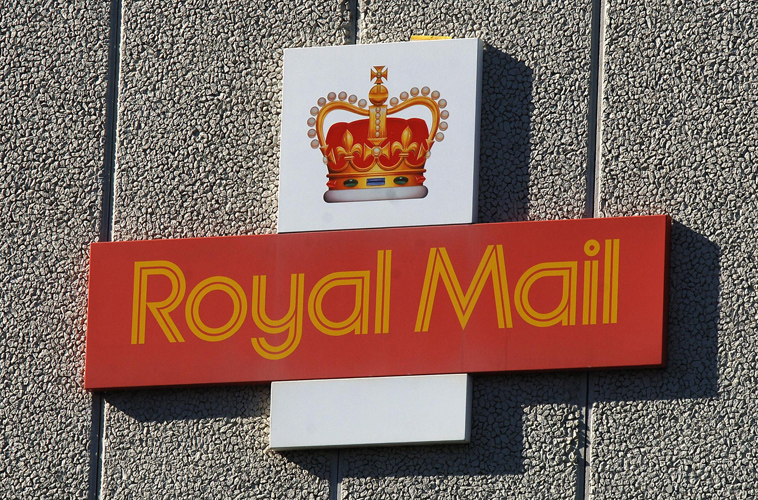
The energy regulator has launched a consultation on a range of options for the future of the price cap, including a “more dynamic cap” with “time-of-use-dependent unit rates to encourage consumer flexibility”.
Ofgem pointed out that as customer diversity grows and more households adopt time-of-use tariffs, it could become harder to retain a universal price cap that is “suitable for everyone”.
It also said that the energy market is changing as more consumers change their energy consumption and begin using electric vehicles (EVs), heat pumps, and solar panels, and that consumers shifting the time of their energy consumption in an increasingly renewables-dominated electricity sector would, in turn, reduce costs for everyone.
Another idea on the table is a targeted cap, which could be based on a variety of factors such as vulnerability.
The proposals also include more flexible, market-based price protections such as setting a limit between a supplier’s default tariff and tariffs available in the market, capping the margin suppliers are able to make, or replacing the cap with a ban on ‘acquisition-only’ tariffs.

Why Life Insurance Still Matters – Even During a Cost-of-Living Crisis
Sponsored by Post Office
Ofgem asking for input
While price protection will remain an important part of the energy market, Ofgem is asking charities, consumer groups, businesses, billpayers and suppliers for their views and proposals for future alternatives.
This discussion paper is part of a wider package of work from the regulator to review current arrangements in the retail market to make sure it works for all consumers, including those who struggle the most.
It follows the publication of a call for input to examine issues around affordability and debt in the energy market last month. Ofgem is also currently reviewing over 30,000 responses to its call for input on standing charges, which closed in January.
The current energy price cap limits how much energy suppliers can charge for both standing charges and unit rates for customers on standard variable tariffs. Expressed as an annual bill for a typical household, the energy price cap will fall to £1,690 (from £1,928) from 1 April.
‘Energy market is changing as we move to net-zero’
Tim Jarvis, Ofgem’s director general of retail and markets, said: “While the price cap played an important role in protecting consumers from the loyalty penalty that existed before its introduction, the energy market is changing as we move to net-zero, and we recognise the systems we have in place may need to change too.
“We’re looking in detail at the elements of the price cap that have worked well and the challenges we’ve identified in recent years, while also considering how a wide range of future consumers will use and pay for energy, to make sure we develop the right measures that will protect and benefit consumers across the board.
“We will continue to work with Government, industry, consumer groups, charities and the public on the future of pricing regulation. Our aim is to ensure the market works for everyone.”
Richard Neudegg, director of regulation at Uswitch.com, said: “Almost three years on from the start of the energy crisis, we’re yet to see a full return to competition in the market – and the price cap must bear some of the blame.
“We support Ofgem’s view that the price cap needs reform, given it has proved to have significant limitations. The devil will be in the detail, but it is vital that any changes made to the cap create conditions to bring back better deals for consumers, and also offer targeted protections to the most vulnerable.”




